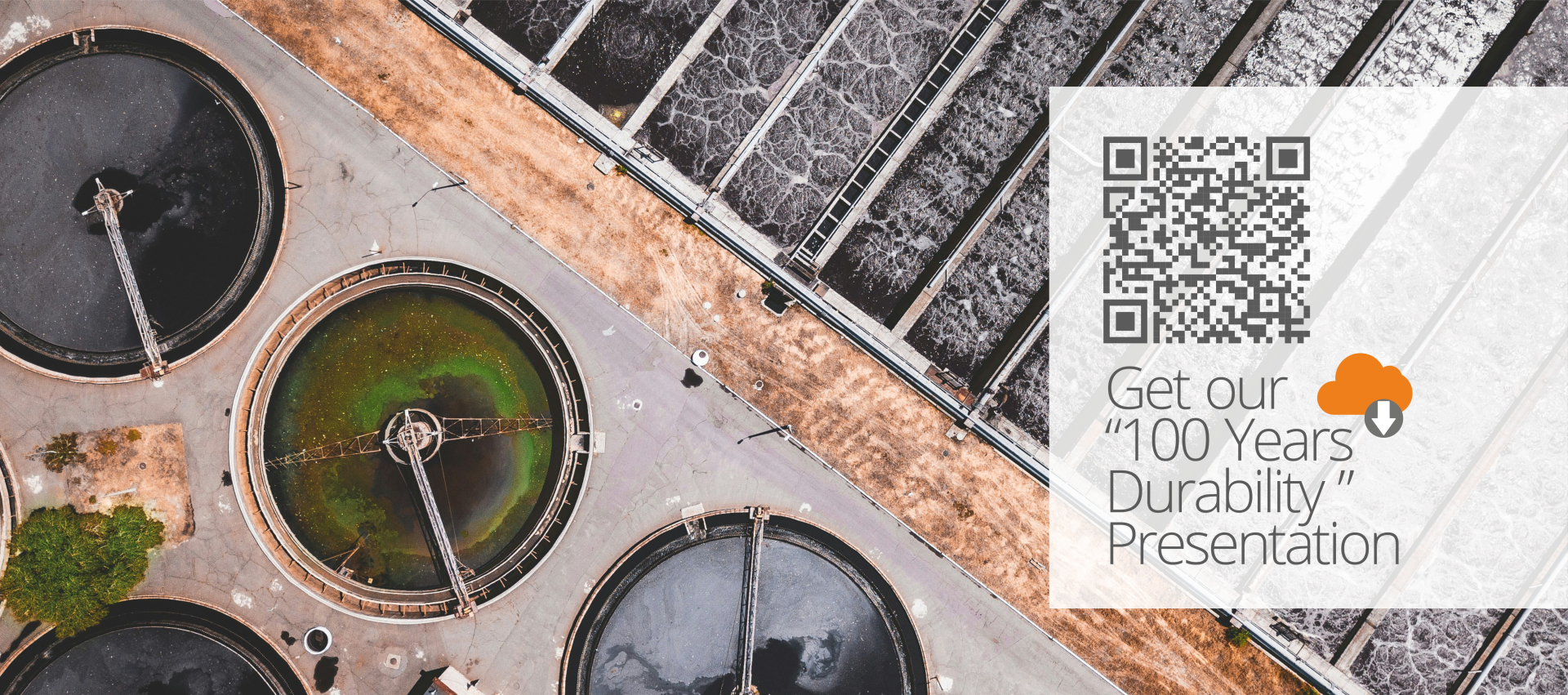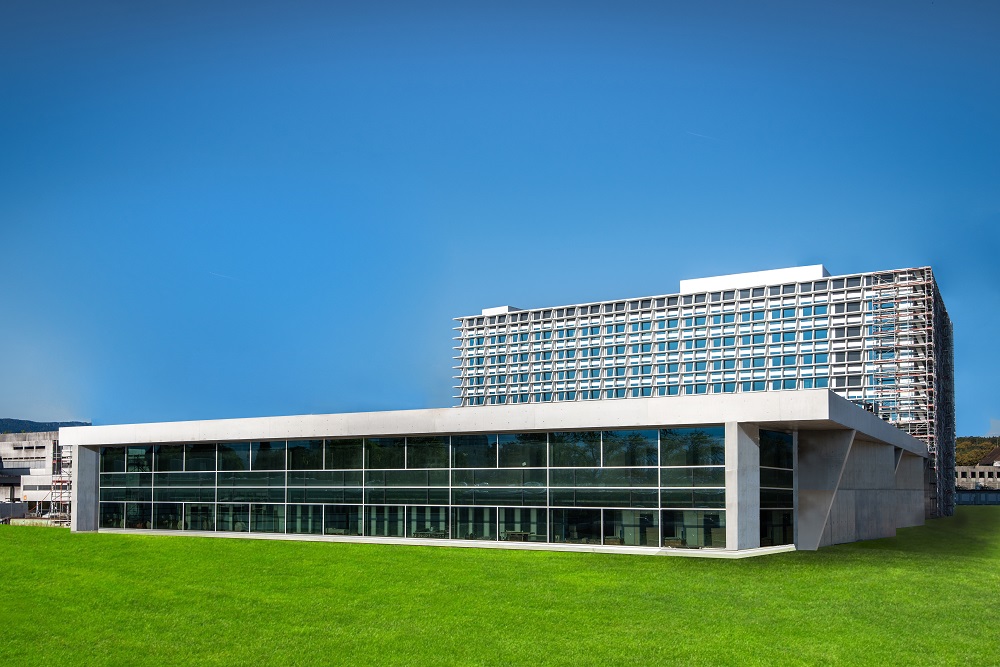
FLEX GRID basalt
Rete multiuso, flessibile e non corrosiva
La rete in basalto Solidian FLEX GRID, realizzata con fibre di basalto di alta qualità, offre una resistenza e una resistenza eccezionali, superando la rete in vetro standard in ambienti difficili. Progettata per progetti che richiedono elevata resistenza, resistenza al calore e stabilità chimica, la rete in basalto Solidian FLEX GRID assicura un rinforzo duraturo e affidabile in varie applicazioni, tra cui progetti di costruzione, strutture industriali e aree con elevati carichi termici.
Product Features
-
Resistenza meccanica superiore: fornisce un'elevata resistenza alla trazione, ideale per progetti che necessitano di rinforzi robusti e durevoli.
-
Resistenza alle alte temperature: mantiene le proprietà meccaniche a temperature elevate, rendendolo ideale per applicazioni con carichi termici.
-
Resistenza chimica: l'elevata resistenza ad alcali, acidi ed esposizione chimica garantisce la durata in ambienti aggressivi.
-
Bassa conduttività termica: riduce il rischio di ponti termici, migliorando l'efficienza energetica e la stabilità strutturale.
-
Resistente agli urti: l'eccellente resistenza agli urti lo rende adatto per applicazioni ad alto stress, come il rinforzo dell'asfalto, dove la durata sotto carico e la resilienza agli urti sono fondamentali.
-
Ottimale per applicazioni su asfalto: progettato specificamente per rinforzare strati di asfalto, fornendo maggiore stabilità e riducendo la probabilità di crepe e deformazioni.
-
Leggero e flessibile: facile da maneggiare e installare senza compromettere la resistenza.
-
Facile installazione: semplice da tagliare e regolare in loco, risparmiando tempo e fatica durante l'installazione.
Reference project
Product Applications
La rete di basalto Solidian FLEX GRID è ideale per applicazioni che richiedono una resistenza extra al calore, alle sostanze chimiche e allo stress meccanico. Adatto per:
- Progetti di costruzione: fornisce rinforzo a lungo termine per spazi sia esterni che interni in cui la resistenza alla corrosione e l'elevata resistenza sono cruciali.
- Impianti industriali: una scelta eccellente per impianti esposti ad alte temperature e influenze chimiche.
- Progetti ad alto calore: offre protezione e rinforzo affidabili a temperature estreme, riducendo il rischio di degradazione termica.
- Performance Enhancement
- Handling and Logistics
- Compliance and Compatibility
- Application and Installation
- Durability and Resistance
- Sustainability and Environmental Impact
- Is solidian GRID suitable for replacing corroded steel reinforcement?
- How does solidian GRID contribute to system durability when used with mortars?
- Can solidian GRID conform to curved surfaces during installation?
- How does the weight of solidian GRID affect transportation and installation?
- Is there an Environmental Product Declaration available for solidian GRID and solidian REBAR?
- Has solidian GRID received official building approvals?
- With which types of binders is solidian GRID compatible?
- Is solidian GRID approved for use in standard concrete applications?
- What is the minimum thickness required for concrete layers using solidian GRID?
- Can solidian GRID be used to reinforce existing concrete structures?
- What is the expected lifespan of solidian GRID in wastewater applications?
- How does solidian GRID perform in acidic environments?
- How does solidian GRID contribute to sustainable construction?
- Resource efficiency: By minimizing the need for extra concrete cover, solidian GRID conserves materials such as cement and aggregates, contributing to resource efficiency.
- Environmental Product Declarations (EPDs): solidian provides transparent data on the environmental impact of their products through EPDs, facilitating informed decision-making for sustainable building projects.
Solidian Kelteks - Reduced CO₂ emissions: The use of solidian GRID in construction can lead to significant reductions in CO₂ emissions due to decreased material usage and enhanced durability, which extends the lifespan of structures and reduces the need for repairs.
domande frequenti domande
Yes, in cases where steel reinforcement has corroded, solidian GRID can serve as a substitute for structural reinforcement. The existing corroded steel can remain in place and be covered with a new layer of carbon-reinforced mortar, restoring structural integrity.
When combined with high-quality mortars, solidian GRID significantly enhances the overall durability of the system, providing a robust solution for demanding environments.
Yes, solidian GRID strikes a balance between stiffness and flexibility, allowing it to be applied to curved surfaces with diameters greater than 800mm.
The lightweight nature of solidian GRID facilitates easy transportation, even through sewage tunnels, and simplifies the installation process, reducing labor and equipment requirements.
Yes, a certified Environmental Product Declaration (EPD) is available for both solidian GRID and solidian REBAR. The EPD provides transparent and verified information about the environmental impact of these products throughout their life cycle, supporting sustainability assessments in construction projects.
Yes, solidian GRID has obtained the General Building Approval (abZ) from the German Institute for Building Technology (DIBt). This approval authorizes its use as carbon reinforcement grids in construction, ensuring compliance with national building standards.
solidian GRID is versatile and works with a range of binders, including Portland Cement, Calcium Aluminate Cements, and Geopolymer Cements.
solidian GRID holds German Approval as reinforcement for EN 206 concretes, supporting its compatibility with various mortar systems, including those adhering to DIN 19573.
Concrete layers reinforced with solidian GRID can be as thin as 20mm, as no additional concrete cover is needed to protect the reinforcement from corrosion.
Yes, solidian GRID can be applied as an additional layer over existing steel-reinforced concrete. When combined with solidian ANTICRACK, it offers enhanced crack-limiting properties, providing extra protection to the underlying steel reinforcement.
Classified under XWW4, solidian GRID ensures long-term performance for over 50 years, making it a durable choice for long-term infrastructure projects.
solidian GRID is fully resistant to severe acidic conditions, including environments with pH levels as low as 0. It has successfully passed tests in accordance with DIN 19573 standards for pH 0 and pH 1.
solidian GRID enables the design of thinner concrete layers (greater than 20mm) without requiring additional concrete cover for reinforcement protection. This reduction in material usage leads to lower resource consumption and a diminished environmental footprint, supporting more sustainable construction practices.
Additional information:




